Pets On Planes: Avoid These Mistakes While Flying With Your Furry Friends
Flying can be a stressful enough experience without having to load up one of your beloved animals onto the plane. If you’ve ever had to do this, you know how difficult the whole process can be. It can be worrisome to feel, waiting to get your pet off at the other end. Many airlines now allow you to travel with pets, and if you’re relocating abroad or going for an extended stay and don’t want your best friend left behind, it may well be an option you have to consider.
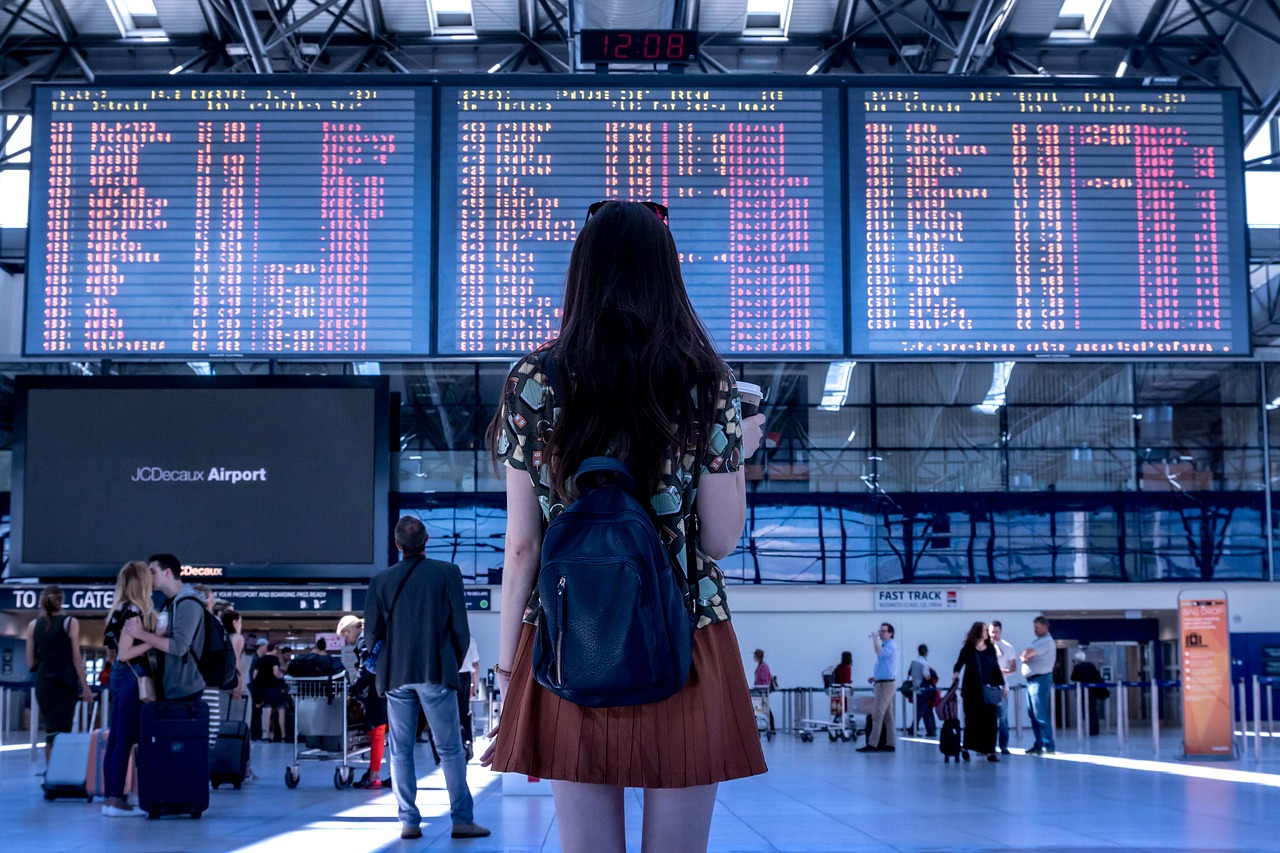
It’s important to remember, however, that flying can be extremely scary for pets, and you should do everything you can to ensure they’re comfortable and happy throughout the trip. It’s easy to overlook crucial details or forget things in the chaos of packing, especially if you’re actually moving, so here are a few tips on things you should avoid to help you make your trip as smooth and easy as possible.
1) Forgetting to Check Veterinary Services at Your Destination
It’s always good to be prepared for the worst, and if the trip proves too stressful for your pet, you ought to have a certain idea of how you can get quick, reliable, and good help at the other end.
Ideally, this means you will have checked out veterinary services before you even consider flying with your pet, and maybe even visited one or two.
You should check the opening hours of your nearest vet, and register your pet with them before you fly. This will ensure you can get quick and easy help if the worst should happen. You should also make sure you have an emergency number if the vet doesn’t offer a 24/7 service, in case you need help outside of office hours.
There’s nothing more stressful than having a poorly pet with nobody to turn to for help, so avoid putting yourself in this position by arming yourself with the relevant information beforehand. This will also help bring you peace of mind before the flight.
2) Failing to Check Airline Policies
Just because you have flown with your pet before doesn’t mean you should ignore this step. Different airlines have very different rules, and you need to make sure you’re clear on what you can and can’t do before you even purchase your tickets, let alone before you get on the plane.
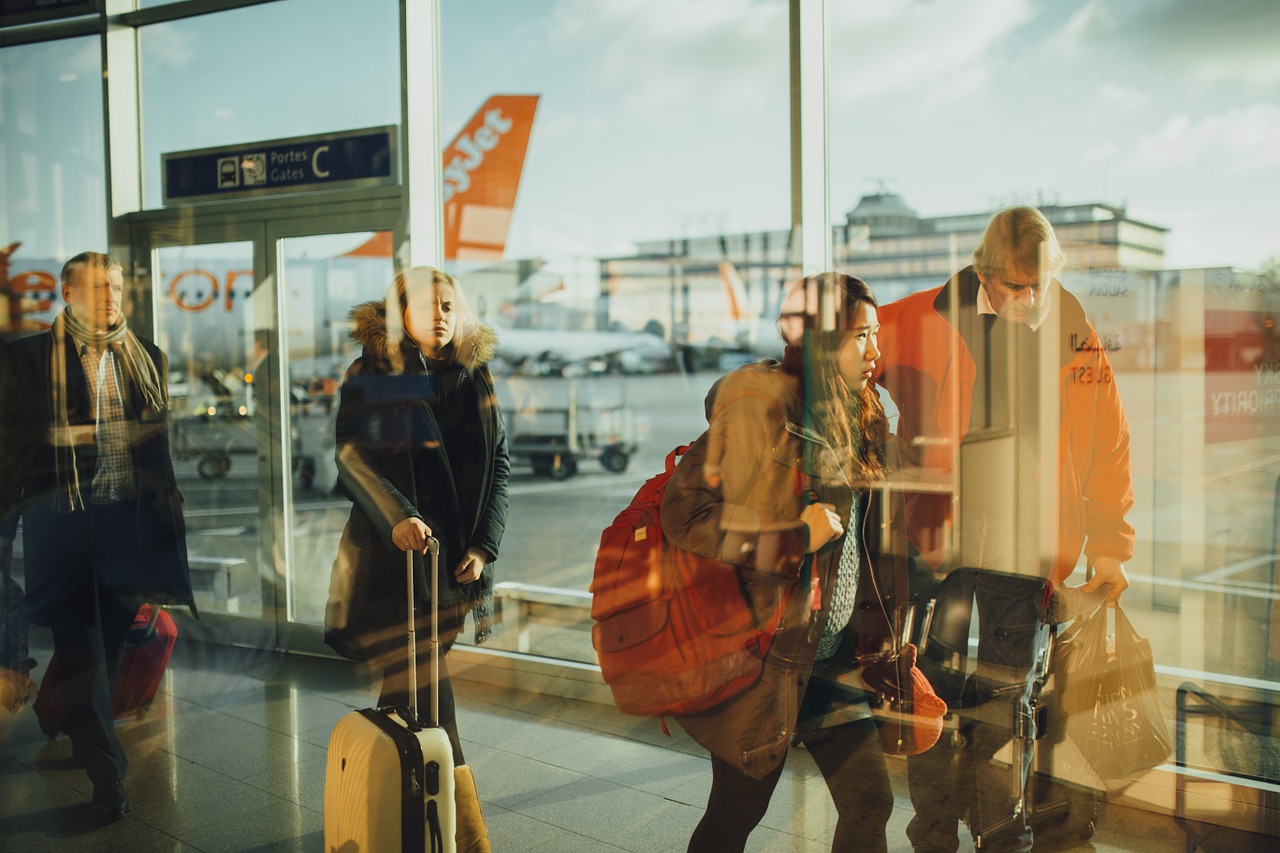
Familiarize yourself with rules about pet carriers and any restrictions on which animals are allowed on board, and check your pet meets all the criteria. “Remember that even if you’re flying with an airline you’ve used before, they might have changed their policies. It would be terrible – and expensive – to get to the airport and then find out that you aren’t able to board because your pet doesn’t meet one of the rules, so make sure this doesn’t happen to you. Printing out policy documents to take with you might prove a wise precaution if you think you’ll run into any issues at the airport” says Eugene Carranza, a Pet blogger at Ox essays and Bigassignments.
3) Not Microchipping Your Pet
If you have a cat or a dog, they ought to be microchipped before you even consider traveling with them. Even a pet that is in a familiar area can get lost if something spooks them, so it’s an important precaution to take at any time, but particularly if you’re traveling. The chances of your pet getting lost in transit are very low, but it could happen, and having a chip will make you vastly more likely to get them back if it does.
Ensuring your pet is chipped prior to travel will also give you one less thing to worry about at the other end, and will reduce your worry about losing your pet due to being in a strange environment. It’s always advisable to keep pets inside/under close supervision after a big change, but this is still a precaution that’s worth taking before you travel. If your pet is already microchipped, do remember to check the chip is fully functional and the information is kept in date so you can recover your pet if it does get lost.
4) Not Checking Vaccination Requirements
This is a really important one, and isn’t specific to particular airlines; your pet must have up to date vaccinations to fly. This does depend to a degree on your destination, but usually, the minimum requirement is a recent rabies vaccination, and there may be others. Some airlines will also have their own requirements, which they should be able to tell you about prior to your flight.
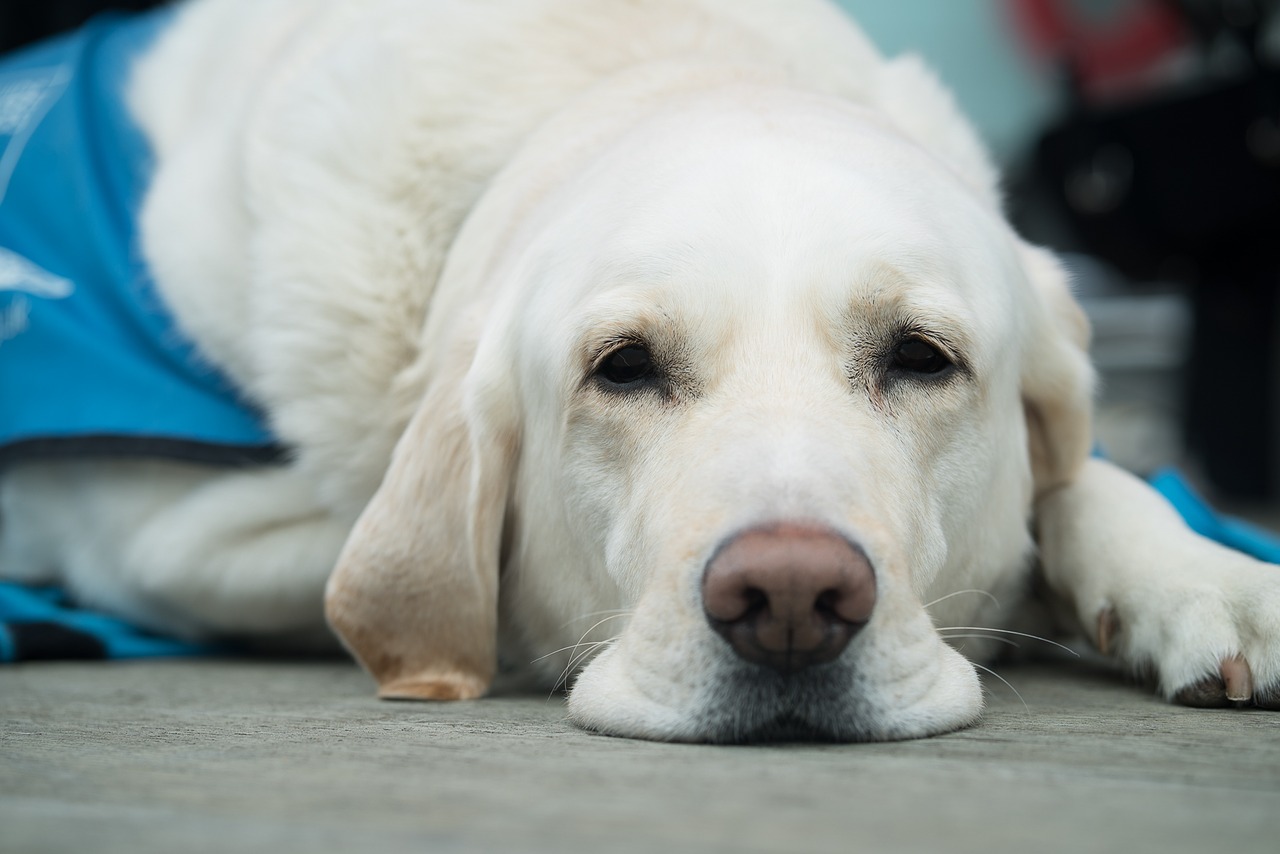
Ensure your pet’s vaccinations are all up to date and that you have evidence with you. Even if your vet has agreed to send copies to the airline in question, it’s always wise to carry a back-up document with your travel papers just in case something has gone wrong. Make sure you have checked all the necessary boxes; it’s important for airlines to be strict when it comes to health and safety, and your pet won’t be allowed to fly otherwise.
5) Forgetting Your Pet’s Health Certificate
Leading on from the last point, remember that your pet must have a health certificate prior to flying. This can be provided by your vet and will let the airline check that your pet’s vaccinations are recent, and that they meet their requirements in terms of breed, age, etc. Be aware that these are generally only valid for 10 days, so if you’re going to need to fly back with your pet after it has expired, you’ll have to make the necessary arrangements while you’re on your trip.
6) Don’t Let Your Pet Travel in the Hold
This is really important, as many airlines do still allow animals in their cargo bays. Unfortunately, this is not safe for the animal, as the bays aren’t temperature controlled, and can be extremely stressful environments with nobody to check on the animal during the flight. They might be suitable storage for suitcases, but you should avoid your pet traveling in them at all costs. There have sadly been recorded instances of fatalities when pets travel in the cargo bay.
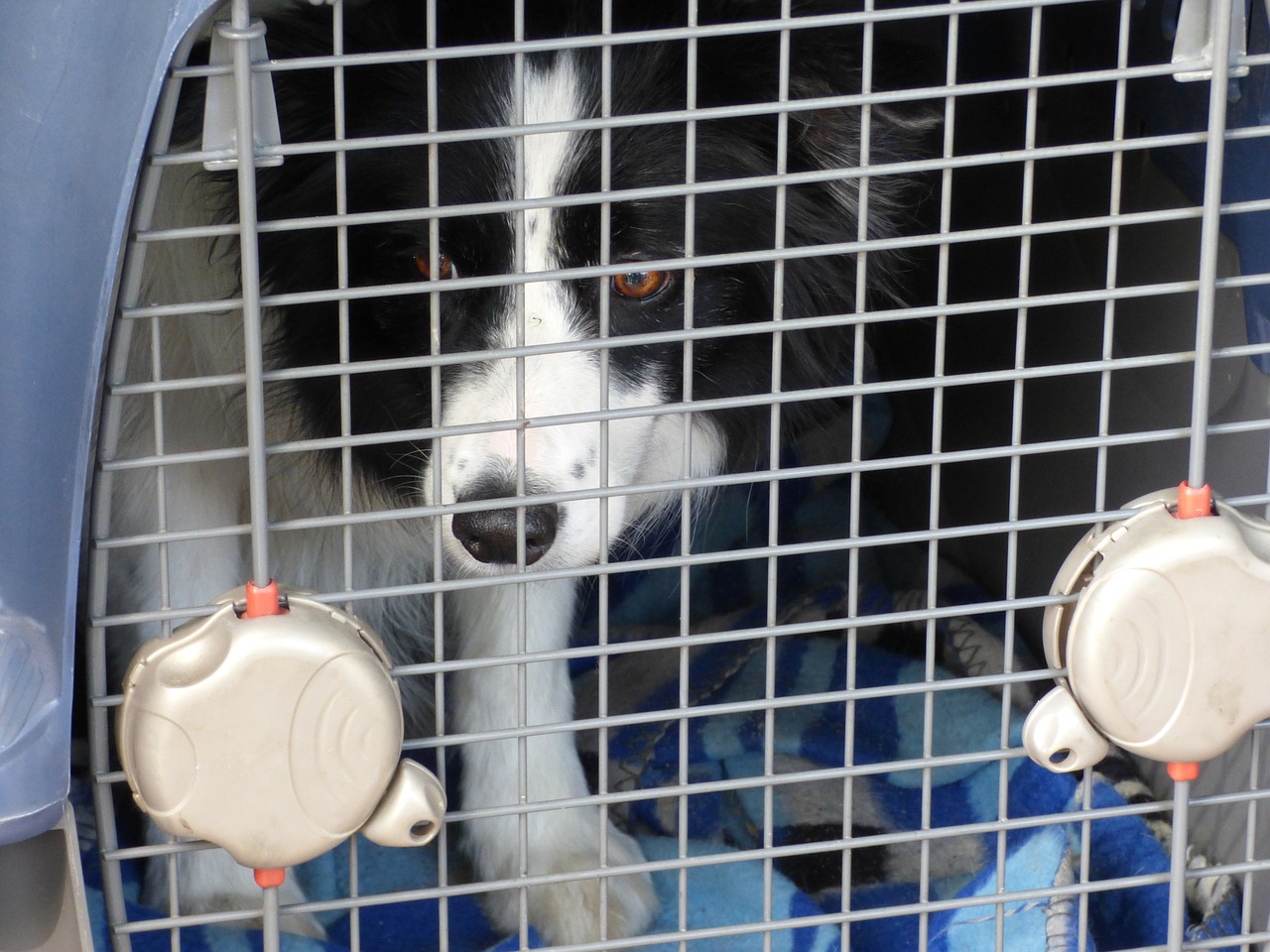 If you absolutely cannot avoid this problem, choose your flight with care. Avoiding the busiest times, and trying not to fly in extreme heat or cold. If possible, book direct flights to minimize the stress your pet goes through in terms of transfers, delays, etc. Remember, booking early is more likely to mean you can get cabin space for your pet. Do your utmost not to fly with your pet in the hold if you can.
If you absolutely cannot avoid this problem, choose your flight with care. Avoiding the busiest times, and trying not to fly in extreme heat or cold. If possible, book direct flights to minimize the stress your pet goes through in terms of transfers, delays, etc. Remember, booking early is more likely to mean you can get cabin space for your pet. Do your utmost not to fly with your pet in the hold if you can.
“Familiarize yourself with the requirements for a pet on board (carrier, leash, etc.) and aim for this as the optimum outcome. It’s always better to have your pet nearby when you’re traveling; you can ensure they’re looked after, and there’s far less chance they will get lost if you are responsible for them” explains Brenda Martin, a pet writer at UK Writings and Revieweal.
7) Flying with an Anxious Pet
If your pet is stressed by change and travel, you should consider whether they really need to fly. If you are just going on holiday, find somebody who is prepared to look after them. Remember that excessive stress can kill an animal, so you should avoid anything which makes them uncomfortable for prolonged periods. In some instances, this may sadly mean re-homing a pet that would be unable to cope with the trip.
If you’re concerned about your pet will managing a flight, talk to your vet. Ask if there’s anything they can prescribe which will help. Try a test journey with your pet. See how they respond and let them experience the busy environment without the plane first.
Make a responsible assessment about what is best for your animal, and try to prioritize their comfort at all times. Many animals are less stressed by car journeys. Consider whether this would be a viable alternative, even if it means a longer trip for you.
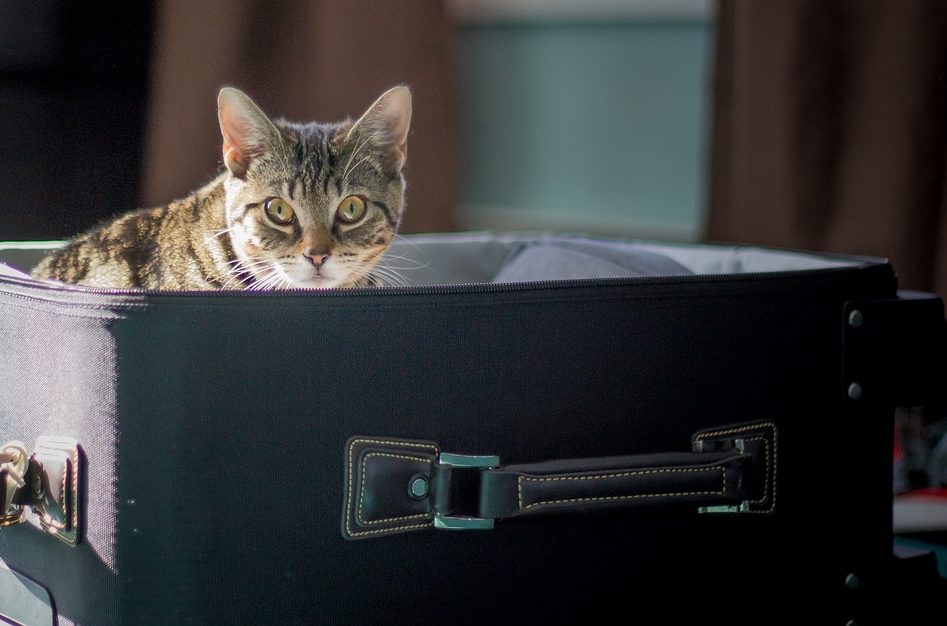
Conclusion
Flying with animals isn’t particularly easy, and many people avoid it as much as possible. But sometimes you will have to do it, so it’s best to prepare as much as possible. Think about your pet’s experience, and find out exactly what paperwork you will need well in advance of the flight.
Talk to your vet if you need advice and help, and ask friends if they have any tips. Your airline may also be able to offer some information which will make the process easier for you; do everything you can to get informed and avoid hiccups along the way. Whether you’re going on vacation or moving house, you want to minimize the stress for both yourself and your pet, so research thoroughly, prepare carefully and do your best to ensure you, and your pet both reach the other end calm and happy.
Author Bio:
Nora Mork is a lifestyle journalist at Research paper writer and Speach writing services. She loves doing yoga, attending conferences and writing essays for magazines and blogs, such as Write my UK essay.
Related Products |
|||
|
|

|

|
|







Leave a Reply
Want to join the discussion?Feel free to contribute!